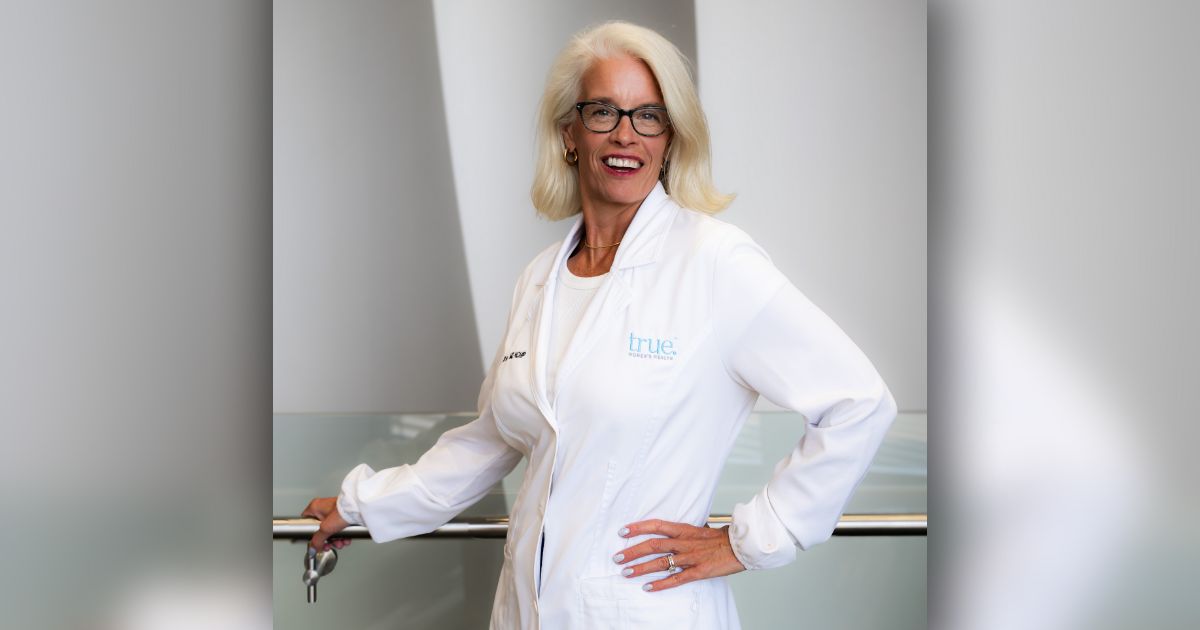September is National Ovarian Cancer Awareness Month, and while awareness campaigns sometimes get a bad rap for focusing too much on exposure and not enough on action, ovarian cancer is truly a disease that needs all the information reach it can get.
Sometimes called "the silent killer of women," the fact that it's being diagnosed every 23 minutes means it's speaking pretty loudly. That's how Dionne Bowens, Executive Director of the Michigan Ovarian Cancer Alliance (MIOCA) and 28-year survivor, sees it—and she spoke with us at length about her experience.
Before we dive into that conversation, let's look at some details:
Ovarian cancer is more than just a disease of the ovaries; it can also involve the fallopian tubes and peritoneum. Because symptoms—which often correlate with common complaints women have around their monthly cycle—aren't typically noticed in the early stages, it has an alarmingly low detection rate, resulting in about 80% of diagnoses occurring at an advanced stage. All of this is exacerbated by a lack of significant medical advancements over the past 50 years and currently no single early screening test to identify it—ultimately making it a leading cause of cancer-related death in women.
Sounds a bit bleak, doesn't it? MIOCA exists, in part, to change that outlook. With a mission to save more lives through early detection and better treatment outcomes, they also provide education, resources, advocacy, and funding for research.
Dionne Bowens became a leader at MIOCA because of her own walk with ovarian cancer—and a desire to increase understanding of the disease among the general public and empower women to strongly and steadfastly advocate for themselves.
Diagnosed with ovarian cancer at just 18 years old, Bowens was much like many other young women who undergo hormonal and bodily changes that doctors very often write off as normal. Her pelvic pain and midsection swelling, which first presented themselves in her earlier high school years, were simply dismissed as everyday PMS. It wasn't until she went to the emergency room with chest pain that her tumor was discovered, through a vaginal ultrasound. She underwent chemotherapy and spent seven months in the hospital. Her story is unusual not only because of her age at diagnosis, but also her nearly 30 years of remission and survival.
The most common symptoms of ovarian cancer (bloating, abdominal pain, difficulty eating, and urinary urgency and frequency) are some of the same that Bowens had. Other signs include fatigue, back pain, bowel changes, indigestion, menstrual irregularities, painful sex, weight loss or gain, and even shortness of breath. What woman hasn't experienced at least half of these with some consistency? That's what can make disease detection so elusive—and attentiveness, persistence and self-advocacy so essential.
"Because I was so young, I wasn't really engaged in my care," Bowens said. "But most of my doctors were also talking at me and not with me. When I would feel pain, I would seek help, but they would tell me nothing was wrong."
Bowens now knows that discomfort and other abnormalities that don't go away—and occur more than 12 times a month without dissipating through lifestyle interventions—are a sign that something's not right. That's when it becomes imperative to pursue a second or even third opinion, if necessary.
"If you feel slighted or that you're not being heard, don't give up; trust your instincts," she said. "We've been programmed to believe that doctors know best and that we shouldn't question them, but the reality is, sometimes we have to."
And, what does this hyper-diligence look like? It's knowing if you're at a higher risk. And, if you have concerns, pressing for the combination of tests and procedures that can help diagnose ovarian cancer. A pelvic exam and imaging through a transvaginal ultrasound can discover cancerous growths, and a CA 125 blood test can further inform any findings—though the CA 125 tumor marker can also be elevated for other reasons. Certain types of genetic testing can also be performed.
Risks include family history and hereditary tendencies, and links have been found between colon, breast, and ovarian cancers. Having endometriosis, reproductive and fertility history, use of hormone replacement therapy, increasing age and obesity are also known contributing factors.
"It's about being more aware," Bowens said. "My senses are heightened because of my experience. A lot of women with ovarian cancer don't have the same outcome as me and I'm on a mission to do my part."
Allison Kay Bannister has been a West Michigan resident since 1987 and a professional writer since 2002. A GVSU alumna, she launched her own freelance writing business in 2017. Allison is a cookie connoisseur, word nerd, aspiring gardener, and metastatic breast cancer thriver who loves traveling in Michigan and beyond, and enjoys art, world cuisine, wine, music, and making homemade preserves.
This article originally appeared in the Aug/Sep '22 issue of West Michigan Woman.




